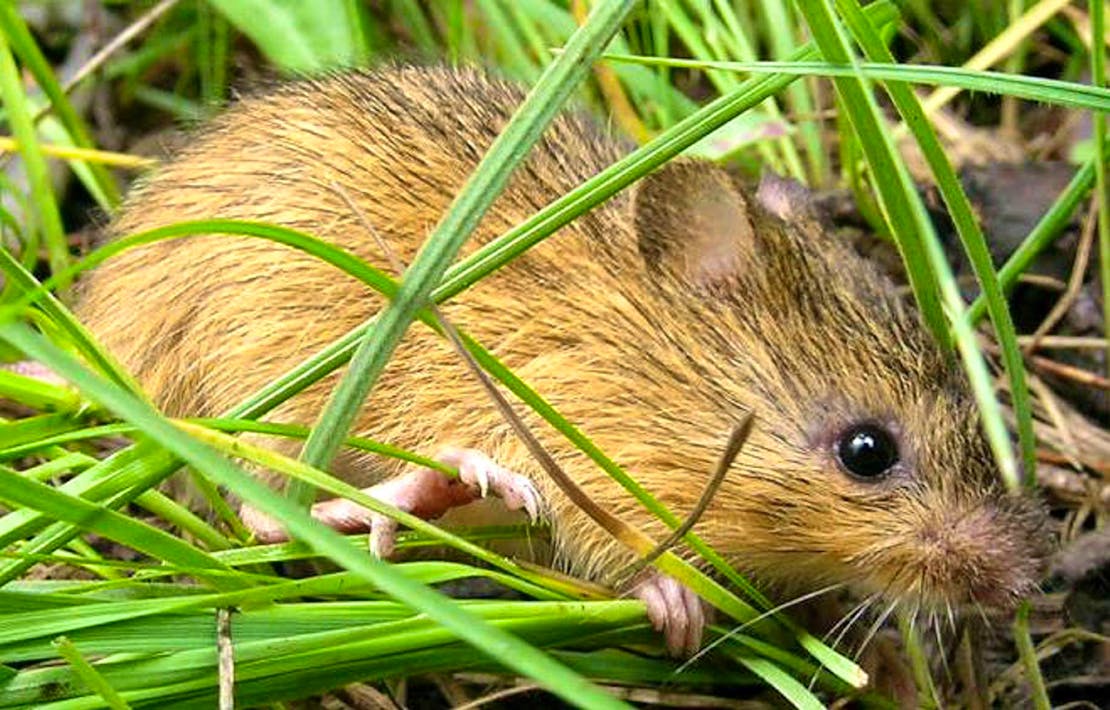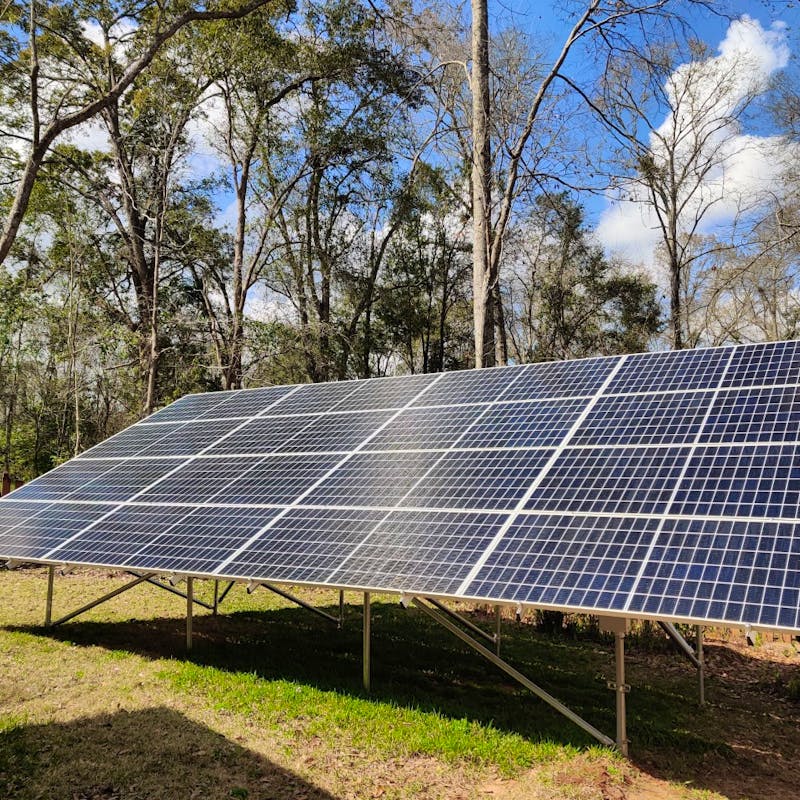Join our mobile Rapid Response Network!
You can be the first to hear about how we’re going to hold the next administration accountable and how you can fight back for wildlife!
Mice and rats are not the most well-known imperiled species, but habitat loss is a huge threat to these animals across the country.
Energy development, housing and urban development, predation by cats, agriculture, water diversions, grazing and water pollution are all contributing to collaboration . Many imperiled species of mice and rats exist now in only 95% of their former ranges.
Beach mice are found along the Gulf and Atlantic coasts in some of the prime habitat also sought out by tourists and resorts.
Both NM meadow jumping mouse and Preble’s meadow jumping mouse are habitat specialists that need riparian areas – habitats that are severely threatened by droughts and water use.
The giant kangaroo rat is the largest of all 20 known species of kangaroo rat, and it is found only in California’s San Joaquin Valley. In the 20th century, as human activity began to expand in the region, the giant kangaroo rat’s population numbers began to plummet.
Extensive habitat loss is threatening all these species of mice and rats and even where habitat is protected, domestic and feral cats take a major toll. Unfortunately, many people are not sympathetic to the plights of animals called “mice” or “rats.”
Alabama beach mouse, Choctawhatchee beach mouse, St. Andrew beach mouse, Perdido Key beach mouse, Key Largo cotton mouse, Key Largo woodrat, rice rat, New Mexico meadow jumping mouse, and giant kangaroo rat
Southeastern beach mouse and Preble's meadow jumping mouse
The pallid beach mouse found only in northeast Florida was declared extinct in 1993

Defenders' Impact
Defending habitat is extraordinarily important for all these species and we are working across the country to protect both federal and private lands that are home to these mice and rats.
We pioneered a habitat change detection program to look at beach mouse habitat in Florida after Hurricane Michael and found that significant portions of habitat were destroyed. We challenged developments resulting in additional habitat conservation for the Perdido Key and St. Andrew beach mice.
We are engaged in promoting “smart from the start” renewable energy siting to protect the habitats of the kangaroo rats in desert. We are also engaged in on the ground habitat restoration of riparian areas for New Mexican and Preble’s meadow jumping mice, as well as other riparian species.
We are also fighting to keep Endangered Species Act protections for these species, especially in the face of climate change and continuing habitat loss.
What You Can Do
Protect critical beach habitat by obeying posted signs, staying off dunes, keeping dogs on leash and cats indoors, and use wildlife friendly lighting as beach mice are active at night. Help combat climate change by lowering your emissions with wildlife-friendly renewable energy. Support Endangered Species Act protections and the act itself.

About
Beach mice are reliant upon sand dune ecosystems with sparse vegetation along the southeast coasts.
Key Largo cotton mice and woodrats are confined to a few locations on Key Largo and the rice rat is found only in the lower keys in Florida.
Meadow jumping mice like vegetated, shrub dominated riparian habitats and immediately adjacent upland habitats, with Preble’s existing in Wyoming and Colorado and in New Mexico.
The giant kangaroo rat lives in the Central Valley of California where habitat is dry and sandy.
Populations are small and severely fragmented, making population estimates difficult for many species.
Many mice and rats spend most of their time in their burrows and only come out for a short time or only come out at night.
Reproduction varies between species in terms of timing, but these small animals have medium-sized litters and high mortality.
Mice and rats eat a variety of seeds and other vegetation found in their habitat, and store food in their burrows to make sure they have enough. If food is scarce, they may eat insects and other invertebrates.
Mice and Rats Blog Posts









